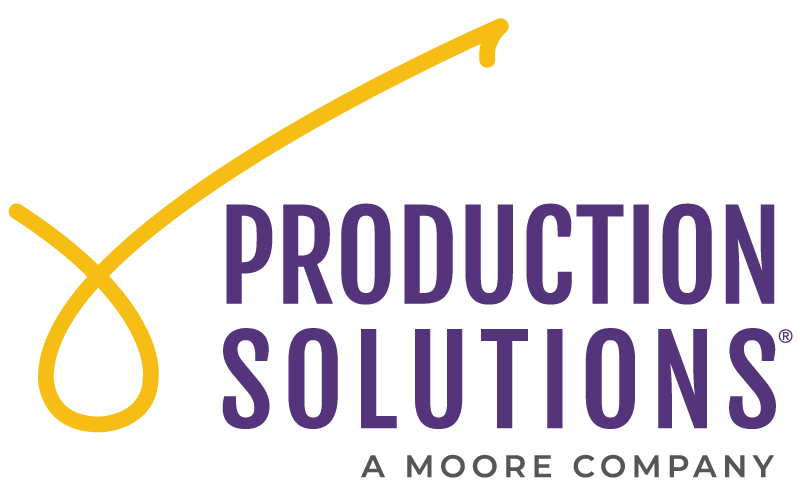Leadership Lessons from This Year’s Bridge Conference – Part 3
 Production Solutions
Production Solutions
 Here’s Part 3 in our leadership lessons series inspired by the recent Bridge to Integrated Marketing and Fundraising Conference. Click here to see Part 1 and here to see Part 2.
Here’s Part 3 in our leadership lessons series inspired by the recent Bridge to Integrated Marketing and Fundraising Conference. Click here to see Part 1 and here to see Part 2.
As we mentioned last time, the amazing keynote speakers at Bridge this year shed some light on a number of issues that are driving nonprofits to (or keeping them from) success.
One of the most heated debates about nonprofits right now is the role of charity watchdogs – those entities, like the BBB and Charity Navigator, that make it their business to assess the effectiveness of nonprofits. As it turns out, these agencies use static calculations of expenses without truly measuring what each charity achieves, in order to provide a grading system.
This system is not only inaccurate (many nonprofits don’t submit their numbers, or submit inaccurate numbers), it’s based on a false premise – that organizations which spend less money are more effective.
Which brings us to Part 3 of our series:
Charity Rating Organizations are Failing Nonprofits – It’s Time for Us to Take Control of this Conversation and Here’s How
One of the most important sessions at this conference was the opening plenary, led by Steve Nardizzi, CEO of Wounded Warrior Project. Nardizzi touched on a critically important challenge to all of us who lead and support nonprofit organizations – the failure of charity rating organizations to accurately portray which nonprofits are fulfilling their missions and which ones are not.
As leaders in the nonprofit world, it’s our job to change the conversation, and to help the media – and the public – understand that using funds for overhead isn’t fraud. Spending money to pay employees fairly, give them proper training, and invest in robust fundraising programs works. These are business decisions that make nonprofits operate more effectively and serve more people in need.
“Without investing in fundraising, you may have a lot of good intentions, but you’re not going to help a lot of people,” said Nardizzi, whose own organization commands 3 stars from Charity Navigator and a C+ from CharityWatch, while serving tens of thousands of military veterans and their families.
“Manage to your mission, not to the rating groups,” Steve encouraged, “I get these ratings because I choose to.” His business decisions might reduce the ratings of his organization, but they mean that he can serve more veterans, which is truly what’s important to his mission.
It’s time to change the conversation about how nonprofit organizations should be rated and evaluated, by those they serve, by the media, and by the public. Here are Nardizzi’s recommended methods for taking back the dialogue:
- Measure our own impact: accurately, consistently, and transparently. Effectiveness of our programs should be shared with the public and made easily accessible.
- Hold ourselves to the highest standards of ethics, professionalism and accountability. That includes the staff we hire, the partners we engage, and the vendors that we use.
- Talk to your local and national government officials. Teach them how much more meaningful it is to evaluate charities on impact, rather than fundraising costs.
- Encourage a new public dialogue about this issue. Click here to join Steve’s LinkedIn Group – the Alliance for Charitable Trust.




